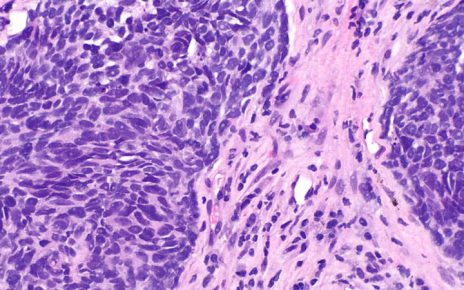The patch clamp is a laboratory technique for studying currents in living cells. It is usually carried out by applying a voltage across the cell membrane and measuring the resulting current.
An alternate current clamp technique is also sometimes used, wherein a current is passed through the membrane and the resulting voltage changes are measured. These changes are called the action potential.
The patch clamp technique was developed in the 1970s by Erwin Neher and Bert Sakmann in order to measure the currents of ion channels. This enabled studies of cell processes such as nerve activity.
The technique makes use of a hollow glass tube filled with an electrolyte solution in which there is a pair of electrodes connected to an amplifier. The first electrode is put into contact with the membrane of a cell, and another electrode is placed in a solution around the cell. The circuit forms between the recording and reference electrode.
Cell-attached patch clamping
In cell-attached patch clamping, a pipette is sealed to the cell membrane in order to measure current through one or a few ion channels in that area of the membrane. The cell membrane remains intact. The advantage of attaching only to the outside of the membrane is that the inner cell structure is not disturbed, and, hence, intracellular mechanisms function normally.
Whole-cell patch clamping
A whole cell patch clamp measures currents through the entire cell membrane. It is carried out similarly to cell attached patch clamping, but more suction is applied in order to rupture the membrane. The tube can then access the intracellular space, where ligands or drugs can be added to study their effects. An alternate method of rupturing the membrane is by the application of a large current pulse.
Inside-out patch clamp
The inside out patch clamp works by attaching a piece of cell membrane to the glass tube, exposing its cytosolic surface. This gives access to the surface through the electrolyte solution bath. This method is used when changes are being made at the intracellular surface of the ion channels.
Outside-out patch clamping
Complementary to inside-out patch clamping, the outside-out clamp begins with a whole cell technique. After the membrane is ruptured, the electrode is drawn out of the cell, and a bulb of membrane protrudes from it as a bit of the membrane detaches from the cell and reforms itself into a smaller compartment. The original outside of the membrane is now on the inside, enabling studies of the inner membrane surface, including moving it to another solution bath.
Loose patch clamping
Loose patch clamping is similar to attached cell clamping, except that the seal used to attach the tube to the cell is lighter. The advantage of loose seal clamping is that the pipette can be removed repeatedly and the membrane will still remain intact, allowing repeat measurements. A disadvantage is that the resistance between the pipette and membrane is much lower, and current may leak through the seal, reducing the resolution with small currents.
Sources:
- Patch clamp technique for studying ionic channels in excitable membranes
- Improved patch-clamp techniques for high-resolution current recording from cells and cell-free membrane patches
- Impedance of a small electrically isolated area of the muscle cell surface
- http://mdc.custhelp.com/euf/assets/images/KB864_ModelCells.pdf
Further Reading
- All Electrophysiology Content
- Ion Channel Electrophysiology
- Patch Clamp Configurations
- Automated Patch Clamp Techniques
Last Updated: Oct 23, 2018

Written by
Dr. Catherine Shaffer
Catherine Shaffer is a freelance science and health writer from Michigan. She has written for a wide variety of trade and consumer publications on life sciences topics, particularly in the area of drug discovery and development. She holds a Ph.D. in Biological Chemistry and began her career as a laboratory researcher before transitioning to science writing. She also writes and publishes fiction, and in her free time enjoys yoga, biking, and taking care of her pets.
Source: Read Full Article



